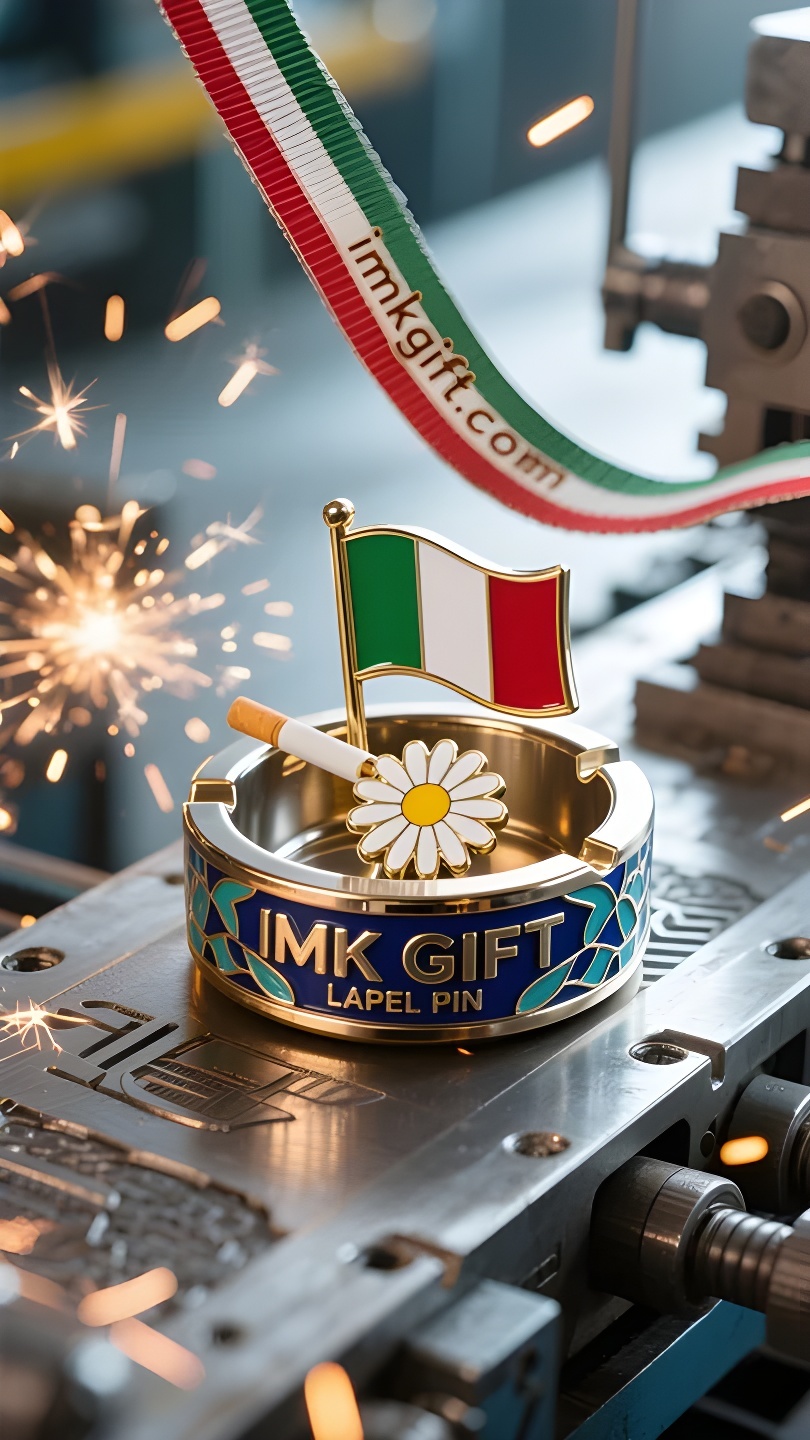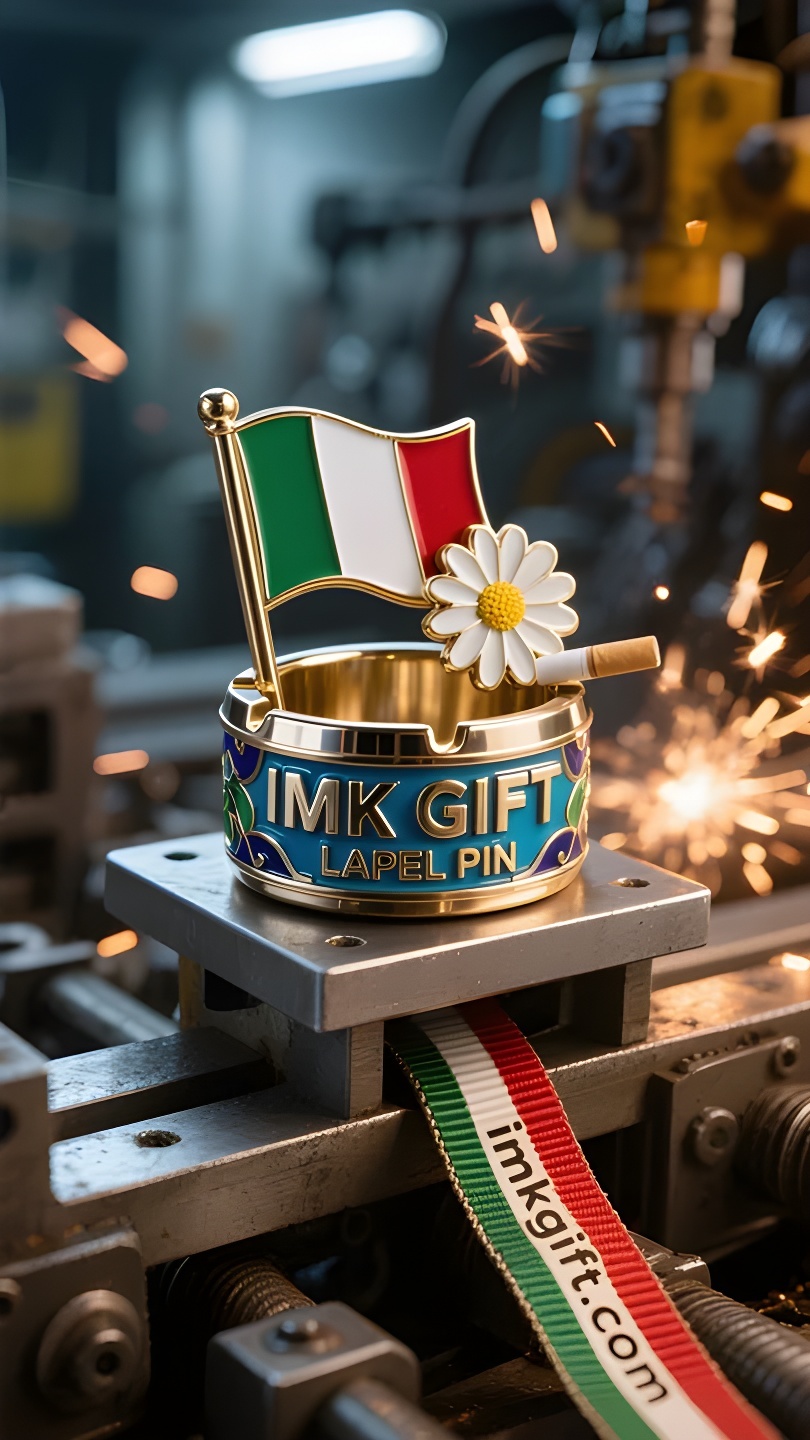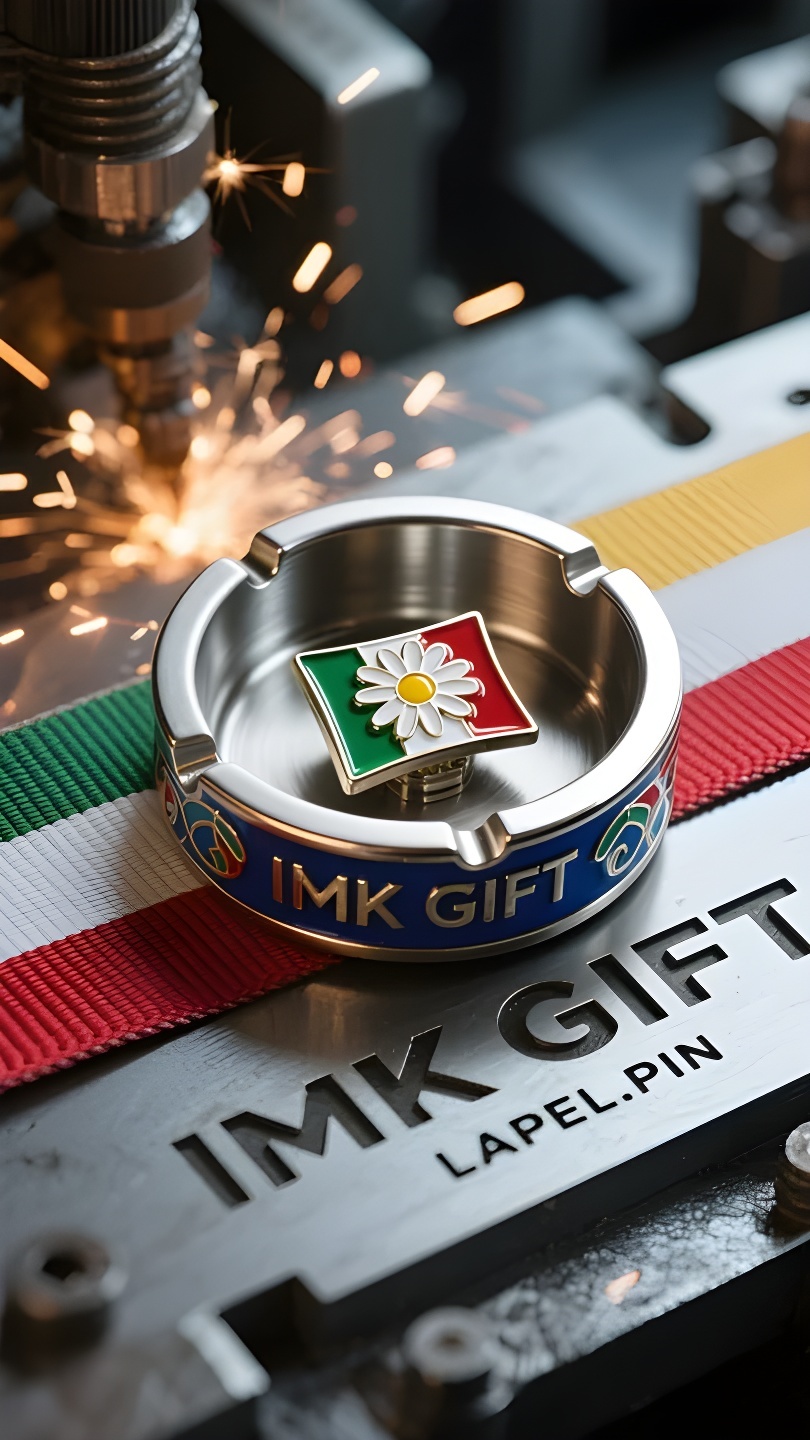in982-Sopra-le-ceneri-Tre-colori-in-fiore
▼
In Italia, la primavera, quando le margherite fioriscono, coincide sempre con gli anniversari patriottici. In questo mese, mentre si ricorda la gloria della storia, i colori verde, bianco e rosso della bandiera nazionale e l’immagine del posacenere a forma di margherita formano un’affascinante allegoria della vita. La cenere accumulata nel posacenere rappresenta le frustrazioni e le difficoltà della vita. Ma gli artigiani italiani hanno inciso il totem della margherita sul fondo del posacenere: questo fiore selvatico che può sbocciare anche in terreni aridi rappresenta l’anima nazionale della penisola appenninica, che ha sempre resistito nonostante la guerra. Quando il mozzicone di sigaretta si spegne nel posacenere, la brace ardente si trasforma in terreno fertile che nutre la vita, proprio come la metafora dantesca dell’attraversamento del purgatorio e della visione finale delle stelle nella “Divina Commedia”. Il tricolore della bandiera nazionale avvolge la parete esterna del posacenere come un nastro: il verde è l’inalterabile vitalità della natura selvaggia toscana, il bianco la fede pura come le cime innevate delle Alpi, e il rosso sgorga dalla passione ardente di “annaffiare la libertà col sangue”, come descritto da Mazzini. Ogni colpetto sul posacenere ci ricorda che i momenti bui alla fine apriranno la strada a una nuova vita. Oggi, gli italiani mettono questi posacenere sulle loro scrivanie non solo per raccogliere le braci, ma anche per assistere all’eterno ciclo di distruzione e rinascita. Quando le margherite germogliano dalle ceneri, il tricolore svolazza al vento: il vero coraggio è la saggezza di considerare ogni fine come un punto di partenza.
In Italy, the springtime when daisies bloom always coincides with patriotic anniversaries. This month, as people recall the glory of history, the green, white and red colors of the national flag and the image of the daisy ashtray just form an intriguing allegory of life. The ashes piled up in the ashtray are like the frustrations and difficulties in life. But Italian craftsmen engraved the daisy totem on the bottom of the ashtray – this wild flower that can bloom even in barren land is just like the national soul of the Apennine Peninsula that has always stood firm despite the war. When the cigarette butt is extinguished in the ashtray, the burning embers turn into fertile soil that nourishes life, just like Dante’s metaphor of crossing purgatory and finally seeing the stars in “The Divine Comedy”. The tricolor of the national flag is wrapped around the outer wall of the ashtray like a ribbon: green is the never-fading vitality of the Tuscan wilderness, white is the pure faith like the snow-capped peaks of the Alps, and red flows with the fiery passion of “watering freedom with blood” as described by Mazzini. Every tap on the ashtray reminds us that the dark moments will eventually pave the way for new life. Today, Italians place such ashtrays on their desks not only to collect embers, but also to witness the eternal cycle of destruction and rebirth. When daisies sprout from the ashes, the tricolor flag flutters in the wind – true courage is the wisdom of treating every end as a starting point.
在意大利的春日,雏菊盛开的季节总与爱国纪念日相遇。这个月,当人们追忆历史荣光时,国旗的绿、白、红三色与雏菊烟灰缸的意象,恰好构成一组耐人寻味的生命寓言。
烟灰缸里堆积的灰烬,像极了生命中的挫败与困顿。但意大利工匠偏在缸底镌刻雏菊图腾——这种在贫瘠土地也能绽放的野花,恰如亚平宁半岛历经战火却始终挺立的民族魂魄。当烟蒂在缸中熄灭时,燃烧后的余烬化作滋养生命的沃土,正如但丁在《神曲》中穿越炼狱终见星辰的隐喻。
国旗的三色绶带般缠绕在烟灰缸外壁:绿色是托斯卡纳原野永不褪去的生机,白色如阿尔卑斯雪峰般纯粹的信念,红色流淌着马志尼笔下”用热血浇灌自由”的炽热。每一次轻叩烟灰缸的动作,都在提醒我们:灰暗时刻终将成为新生的铺垫。
如今的意大利人将这样的烟灰缸置于案头,不仅为收纳余烬,更为见证破灭与重生的永恒循环。当雏菊从灰烬里探出嫩芽,三色旗便在风中猎猎作响——真正的勇气,是把每个终点都当作起点的智慧。
▼
Contact Us
📞 Tel: +0086-760-85286839
📧 Email: sales3@imkgift.com








